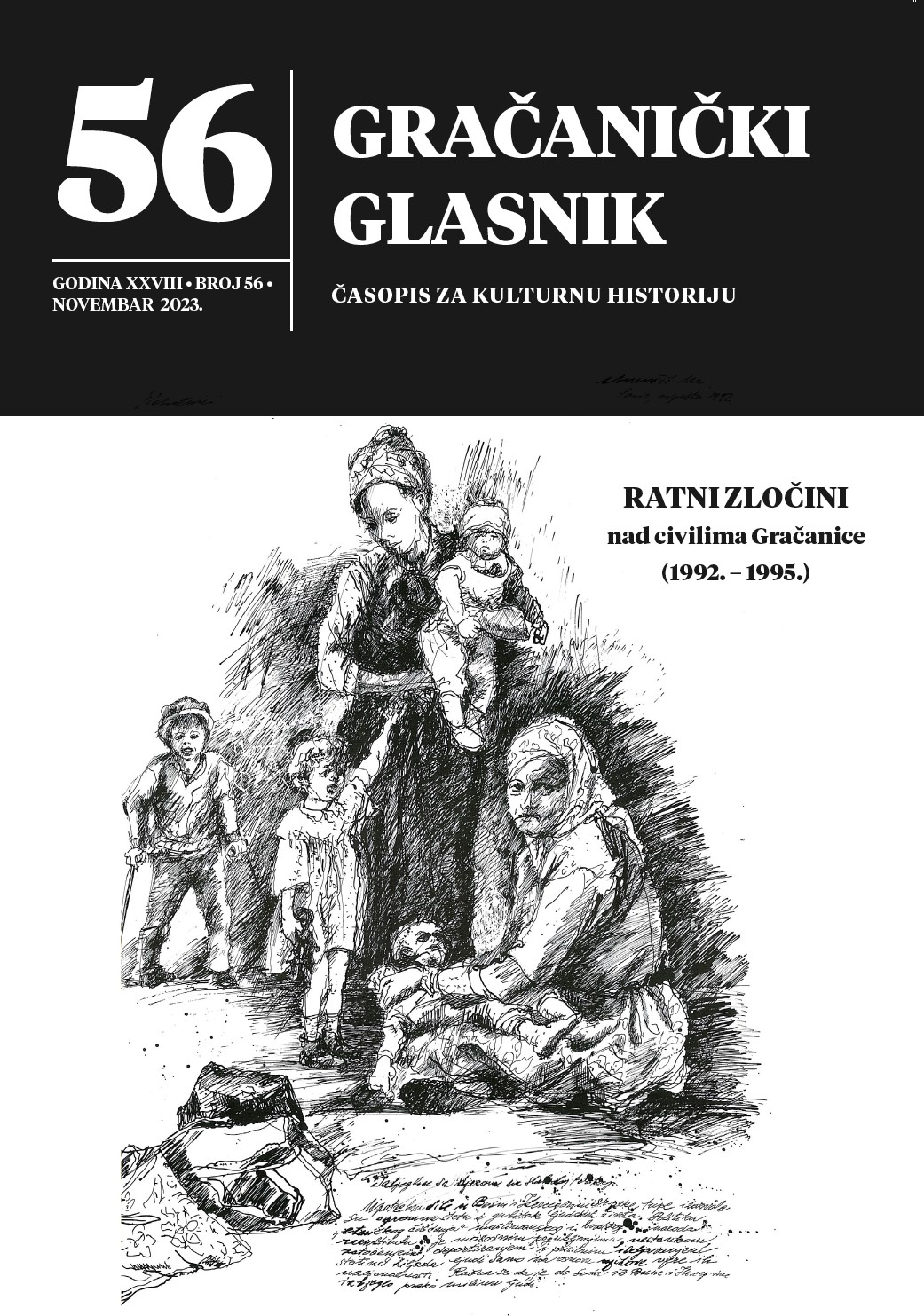Neka obilježja bankarstva u Bosni i Hercegovini između dva svjetska rata na primjeru poslovanja Muslimanske privredne banke i Srpske štedionice u Gračanici
Some Characteristics of Banking in Bosnia and Herzegovina between the Two World Wars, Illustrated by the operations of the Muslim Economic Bank and the Serbian
savings Bank in Gračanica
Author(s): Omer HamzićSubject(s): History, Economic history, Interwar Period (1920 - 1939)
Published by: Izdavačka kuća »Monos« d.o.o
Keywords: Gracanica; Muslim Economic Bank; Serbian savings bank; economic crisis; agrarian; banking capital;
Summary/Abstract: In the first part of this work, the author briefly outlines the general features of the economic situation after the end of the First World War in the new state characterized by economic prosperity and dynamics, especially in the investment sector. In these circumstances, trade was the most profitable activity, which also prompted the accelerated development of banking. However, after the initial growth, stagnation and a downturn were observed from as early as 1922, and after 1925, the first signs of an economic crisis emerged, which also affected the banking system. The author follows all of these processes on a micro-level, examining two local banking institutions in Gračanica: the Muslim economic Bank and the Serbian savings Bank, from their rise in the early post-war years to their liquidation and collapse in 1937.
Journal: Gračanički glasnik - Časopis za kulturnu historiju
- Issue Year: 2023
- Issue No: 56
- Page Range: 147-160
- Page Count: 14
- Language: Bosnian

